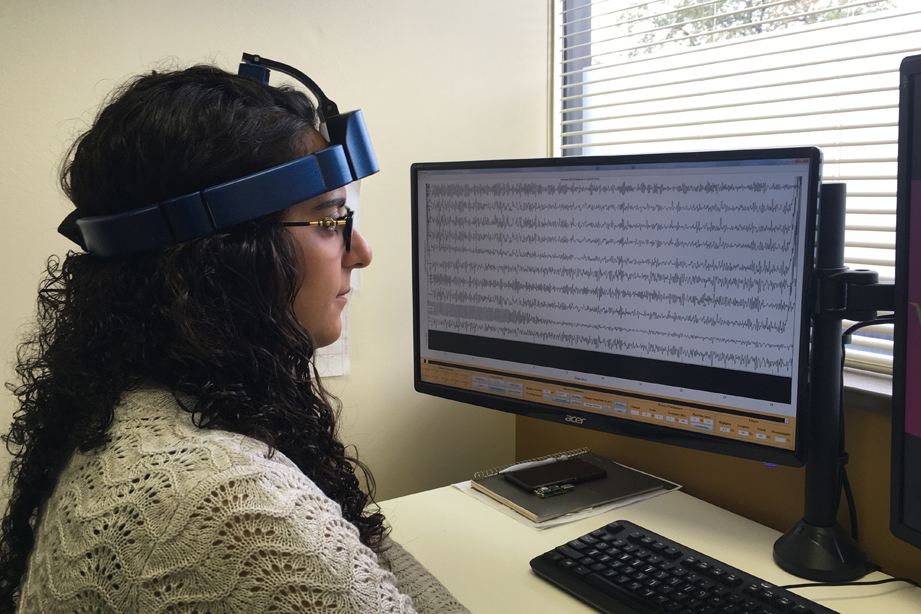Finding New Ways to Identify and Diagnose FASD in Young Children
Project Category: Projects – Cycle II
January 5, 2021

Challenge
The process of receiving an FASD diagnosis is costly and time-consuming—it requires a multidisciplinary team and several days of testing. Many children are not diagnosed until they are school-aged, despite strong evidence that early intervention (less than three years old) can help improve long-term outcomes.
Finding a way to assess and identify children before they get to school is very important. A team led by Dr. Peter Carlen (University of Toronto) and Dr. James Reynolds (Queen’s University) is looking to use wireless EEG seizure monitoring as a way to identify young children who might be at risk of having FASD.
Project Summary
Electroencephalography (EEG) is a way of monitoring and recording the electrical activity of the brain in a non-invasive way. The team is looking at how they can use a 10-electrode headset developed by Avertus Inc. to study EEG signals in children with FASD. The headset stores data in the cloud and uses real-time computer algorithms to detect seizure activity in the brain while someone is sleeping. The headset has been paired to work concurrently with an eye-tracking device that looks at saccadic eye movement as a way to assess sensory, motor, and cognitive function—areas that are often impaired in children with FASD.
Result
The team is testing out the headset and eye-tracking combination on children with FASD and controls to validate whether or not the portable EEG headset can differentiate between the two groups. This kind of device is cost-effective and would be used in the comfort of the child’s own home. The ultimate goal is to be able to use the wireless EEG headset to identify children at a young age who might be at risk of FASD.
Funding
Partners – $394,738
Team
Principal Investigators
Peter L. Carlen, University of Toronto
James N. Reynolds, Queen’s University
Tim Oberlander, Sunny Hill Health Centre for Children
Partners
Avertus Inc.
University of Toronto
SR Research Eyelink
BC Children’s Hospital